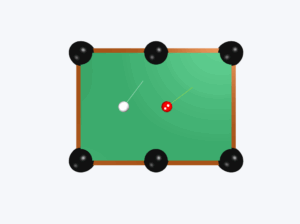Elevator Physics Simulation
Visualizing power requirements in elevator systems
Example
Question:
An elevator can carry a maximum load of \(1800\,\mathrm{kg}\) (elevator + passengers) is moving up with a constant speed of \(2\,\mathrm{m\,s^{-1}}\). The frictional force opposing the motion is \(4000\,\mathrm{N}\). Determine the minimum power delivered by the motor to the elevator in watts as well as in horsepower.
Solution:
The downward force on the elevator is: \[ F = mg + F_f = (1800 \times 10) + 4000 = 22000\,\mathrm{N} \] The motor must supply enough power to balance this force. Hence, \[ P = F \cdot v = 22000 \times 2 = 44000\,\mathrm{W} = 59\,\mathrm{hp} \] (where \(1\,\mathrm{hp} = 746\,\mathrm{W}\))
Physics Analysis
Forces Acting on the Elevator
The motor must overcome both the gravitational force (weight of elevator + passengers) and the frictional force opposing the motion. At constant velocity, the net force is zero, so the motor force exactly balances these downward forces.
Power Calculation
Power is the rate of doing work. For linear motion at constant velocity, power equals force multiplied by velocity. This gives the minimum power the motor must deliver to maintain the elevator's motion against the opposing forces.



